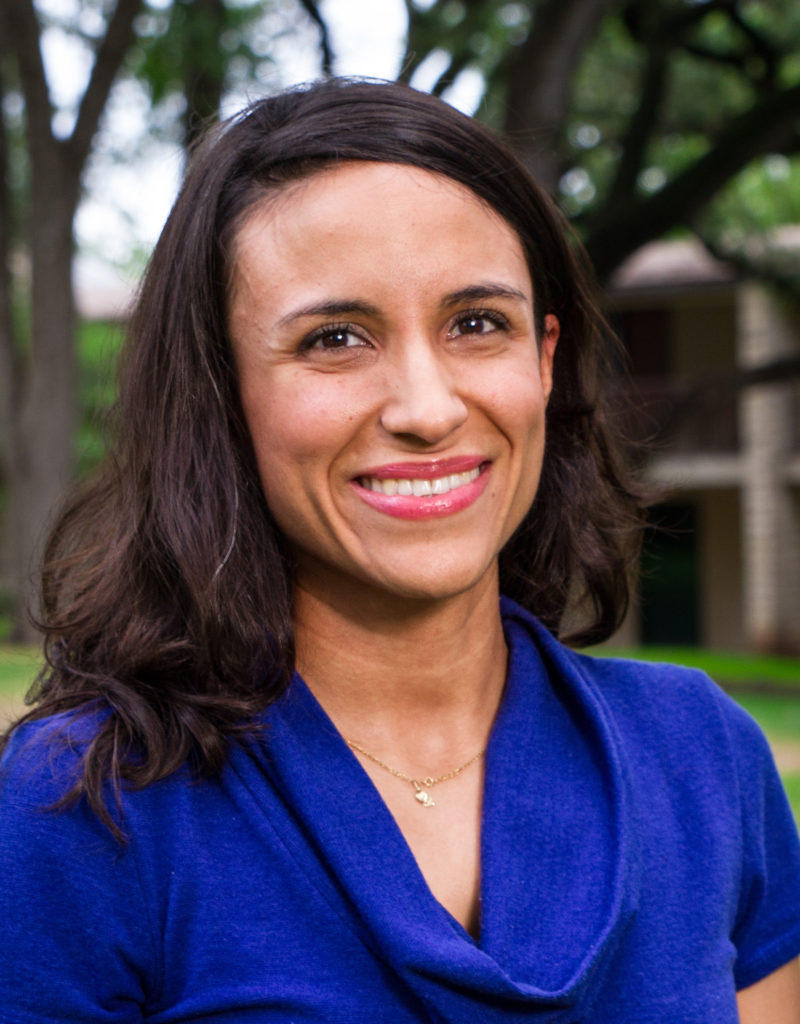A couple of weeks ago, I had the opportunity to visit Cuernavaca, Mexico, “The city of eternal spring.” This magical city sits 5,000 feet above sea level and surrounded by mountains, tropical flowers, and ancient ruins. The people welcome you with smiles and pan dulce (sweet bread)… a culture that clearly values hospitality. Despite the earthquake that occurred in late September of 2017, it was apparent that there was an effort to open businesses and resume everyday life. The main purpose of my trip was to see whether a Spanish immersion program, Cemanahuac, would be appropriate for our students in the Latino/Hispanic Counseling Concentration (LHCC). This immersion program would help foster language proficiency and aid those students who needed more support learning Spanish…So the next natural next step was for me to explore. I stayed with a host family, walked to school, attended class, and visited important historical sites in and surrounding the city. I found the experience meaningful and exciting for our future students who could visit this incredible place.
Although the language proficiency component is vital in the Latino/Hispanic counseling concentration, other factors comprise it. The concentration covers six components that include: a differentiated curriculum, language proficiency, a community collaboration project, attending a counseling theories workshop focused on effective approaches for this population, and at least one of the field experiences, practicum/internship I/Internship II, must include a semester working with the Latino/Hispanic community. The vision of the program is that curious, culturally empathic, accepting, self-aware graduates of the MHC program would serve the Latino/Hispanic community. This concentration forms part of the Clinical Mental Health Program for those students wanting a deeper understanding the Latino/Hispanic population.
Why was this concentration created?
During several meetings, the counseling faculty discussed different ways our program could help foster cultural competence. The Latino/Hispanic population came to mind for various reasons: the seminary is four hours away from the border with Mexico, we have a large thriving population in Austin, and most likely, students will eventually work with the Latino/Hispanic community at some point in their career. The faculty also felt it was important to review important statistics on the need for bilingual/bicultural counselors. Currently, 10.4 million of Latinos living in the U.S. reside in Texas (Pew Research Center, 2016); Latinos comprise 38.6% of state population, compared to the national average of 17.3% (Pew Research Center, 2016). This number represents a large portion of the state’s population and it’s expected that within the next five decades the largest minority groups within the U.S. will be Latinos and Asians (Pew Research Center, 2016). Although the U.S. and the state of Texas are diverse, there is still a disparity for Latinos/Hispanic receiving mental health service. According to the 2010 National Healthcare Disparities Report, Non-Hispanic Whites received mental health treatment two times more often than Hispanics (U.S. Department of Health and Human Services Office of Minority Health, 2010). This number indicates a need for the counseling profession to focus its efforts on working with this population and more importantly, from our point of view, within the state of Texas due to the large population of this group and the state’s proximity to Mexico.
Exciting new developments
With the creation of a differentiated curriculum, the seminary submitted a proposal to the Association of Theological Schools (ATS) to apply for a grant to help support the development of the program. In August of 2017, the Loise Henderson Wessendorff Center for Christian Ministry and Vocation was awarded $50,000 from ATS to help fund the 2017–2018 Academic year. This is exciting news in that it allows the launching of the concentration and provides the platform to gather data for future funding. Currently, we have seven student pioneering the concentration and we look forward to see the results in the following year.
What this means for the community at large…
One of the topics of conversations that surfaces in the counseling community is the lack of bilingual/bicultural counselors in Austin. Incorporating this concentration would help address the need and create a space to equip culturally competent counselors. For those individuals who are passionate about culture, the LHCC offers the opportunity to build a community of learning. This concentration assists in building relationships with peers, partners in the community, and provides the opportunity for becoming bilingual and bicultural. In addition, it also provides a unique experience to see counseling from a different lens. I look forward to the continued development of this concentration. Our hope is that our students leave self-aware, relationally curious, and willing to engage in conversations about difference about those who live in the margins.
**For more information on Cemanahuac, Spanish Immersion Program, please visit the following site: http://www.cemanahuacspanishschool.com/



